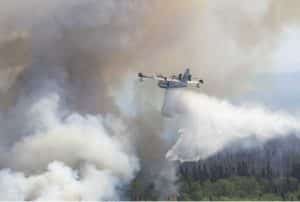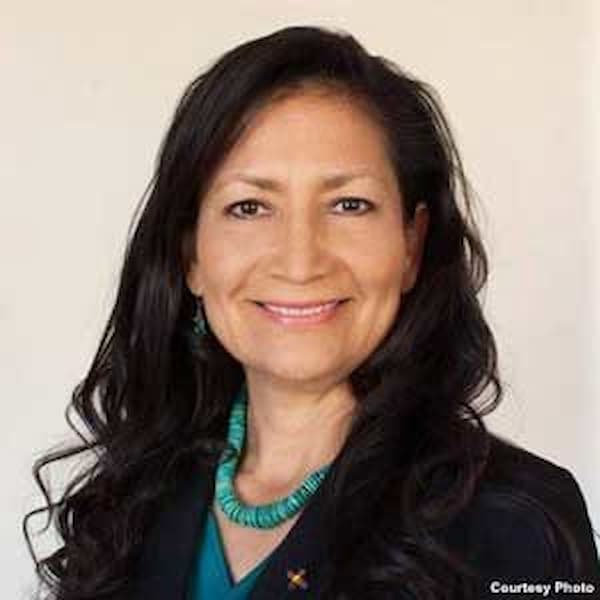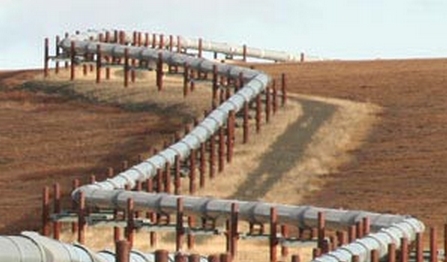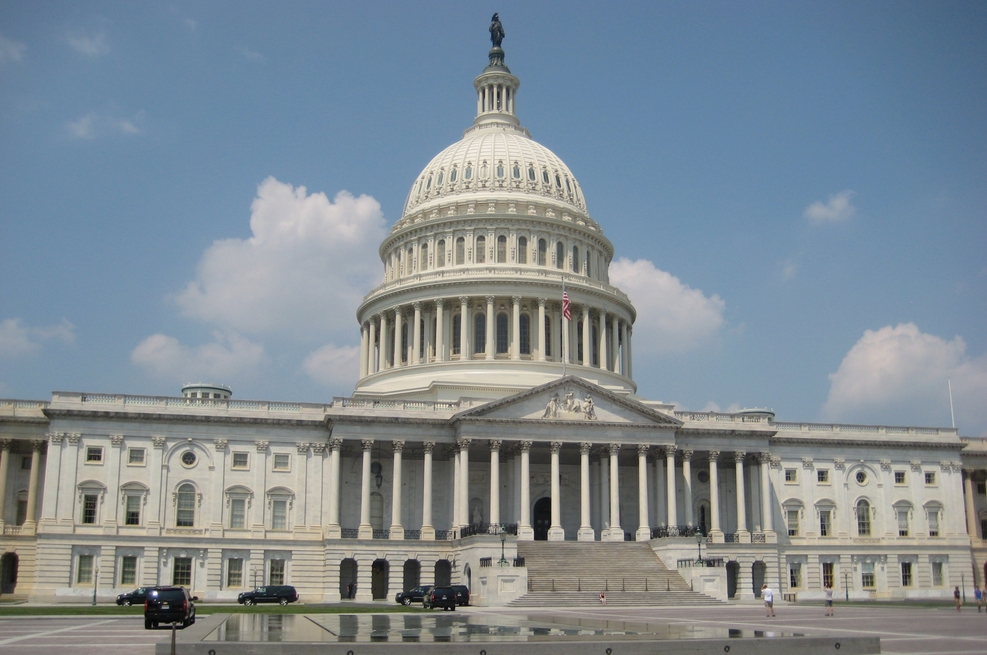
WASHINGTON — This week the Department of the Interior announced that it has invested over $3.3 million in fiscal year 2022 funding from President Biden’s Bipartisan Infrastructure Law to advance wildfire resilience work and support fuels management projects in Alaska on 7,952 acres of land across the state. This is part of $103 million allocated by the Department earlier this year to reduce wildfire risk, mitigate impacts and rehabilitate burned areas. The additional funding will help complete fuels treatments on nearly 2 million acres nationwide this fiscal year, a substantial increase over the prior year.
“As climate change drives harsher heat waves, more volatile weather, and record drought conditions, we are seeing wildfire seasons turn to wildfire years, threatening communities, businesses, wildlife and the environment,” said Deputy Secretary Tommy Beaudreau. “Through President Biden’s Bipartisan Infrastructure Law, we are investing in Alaska communities, advancing wildfire resilience work across the country, improving resources for the heroic firefighting workforce, and reducing the risk of wildfire.”
The announcement comes as Deputy Secretary Beaudreau is in the Western U.S. this week to highlight how investments from the Bipartisan Infrastructure Law and Inflation Reduction Act are advancing wildfire resilience and drought resilience. The Bipartisan Infrastructure Law is bringing much-needed support to communities across the country to increase the resilience of lands facing the threat of wildland fires and to better support federal wildland firefighters. The law includes $1.5 billion for the Department over the next five years to invest in preparedness, fuels management, post-fire restoration, and fire science. It also directs major reforms for federal wildland firefighters, including temporary pay increases and a new occupational series classification more specific to firefighters.
Bipartisan Infrastructure Law investments in wildland fire management in Alaska will increase fuels treatment in areas with high wildfire hazard potential, helping to protect homes and businesses in the wildland-urban interface and public drinking water. These efforts will promote climate resiliency across landscapes and communities and will employ Tribal members, youth, and veterans.
A portion of this year’s wildfire resilience funding from the Bipartisan Infrastructure Law will be used to continue development of a wildfire risk mapping and mitigation tool, which is being developed jointly with USDA Forest Service and the National Association of State Foresters. The tool will assist land managers in collectively identifying potential wildfire risks and sharing planned and accomplished mitigation activities. The law also provides increased support to the Joint Fire Science Program, an interagency partnership with the USDA Forest Service that funds wildfire science research projects.
The Department’s recently released Five-year Monitoring, Maintenance, and Treatment Plan to address wildfire risk laid out a road map for achieving these objectives in coordination with federal, non-federal, and Tribal partners. In combination with the USDA Forest Service’s 10-Year Wildfire Crisis Strategy, these plans outline the monitoring, maintenance, and treatment strategy the agencies will use to address wildfire risk, better serve communities, and improve conditions on all types of lands where wildfires can occur.
### [content id=”79272″]








